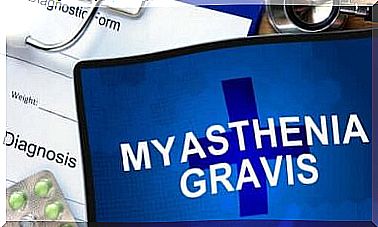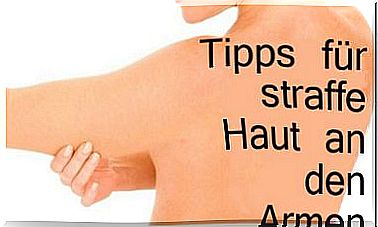Neuromuscular Diseases: Worth Knowing
Neuromuscular diseases are chronic and can occur at any stage of life. They affect the muscles and the nervous system.
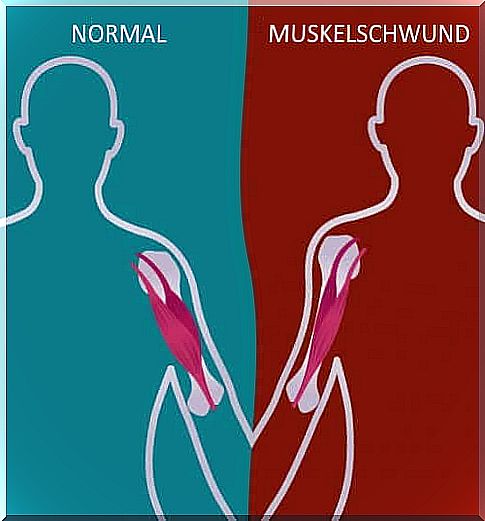
Neuromuscular diseases are one of the diseases that are characterized by loss of muscle strength. They also have in common that they are mostly chronic. A person suffering from such a disease can in most cases not be able to take care of himself, which is very stressful for him and his loved ones.
Neuromuscular diseases can occur at any age. However, around 50% of them already occur in childhood. The diseases affect both the muscles and the nervous system, more precisely:
- the neuromuscular junction where the nerve meets the muscle,
- the spinal motor neurons , these are the nerve cells that control the movements of the muscles, and
- the peripheral nerves, i.e. the nerves in the hands, arms, legs, neck and face.
Causes and Types of Neuromuscular Disorders
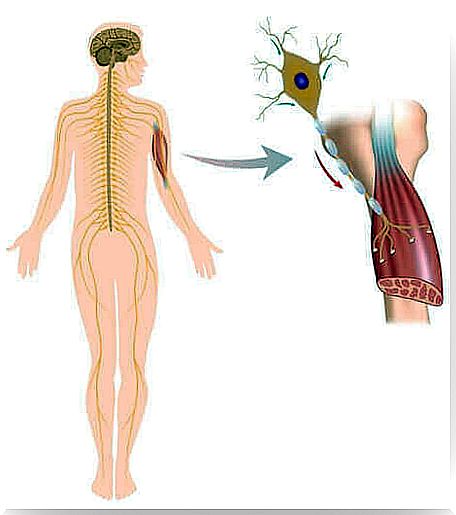
In general, neuromuscular diseases appear for the first time in childhood and are mostly genetic.
The causes of these diseases are very different. In fact, scientists don’t yet know them exactly. The diseases can be genetic or acquired.
However, such a classification often changes when new research results are obtained. According to the current state of knowledge, the most important types of neuromuscular diseases are:
- Muscular dystrophies
- Distal myopathies
- Congenital myopathies
- Myotonic dystrophy
- Myotonia congenita
- Primary periodic paralysis
- Inflammatory muscle diseases
- Progressive myositis ossificans
- Metabolic myopathies
- Neuromuscular junction diseases
- Spinal muscular atrophy
- Hereditary neuropathies
- Symptoms of neuromuscular diseases
Symptoms that many of the neuromuscular disorders have in common include:
Disturbance of the gait
Most neuromuscular diseases can manifest themselves as impaired walking. These include, for example, the wobbly gait, rapid fatigue, but also asymmetry, limping and walking on tiptoe. The unsteady gait usually indicates a weak pelvic girdle due to the degradation of the gluteal muscles.
Frequent falls in neuromuscular diseases
This symptom occurs in neuromuscular diseases due to the weakness of the muscles in the lower extremities. Patients lose the ability to balance, either because of fatigue or because of disease-related muscle weakness.
Difficulty climbing stairs
Using stairs requires a lot of muscle strength in the buttocks and quadriceps. Often, however, the patient notices that this muscle is exhausted and eventually broken down. In such cases, the upper limbs must be used for help.
Muscle pain from neuromuscular diseases
Muscle pain can also occur regardless of the load. If the pain gets too much, you should discuss this with your doctor.
Difficulty getting off the floor
This feature is usually associated with muscle weakness in the pelvic girdle. It is also known as the Gowers symptom . Patients cannot get up from the floor without first resting their hands on the floor and then on their legs. In this way, they then climb up their own body with the help of their arms.
cramps
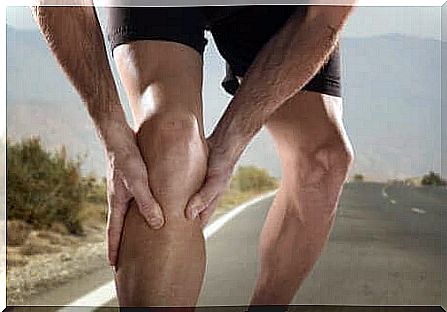
Muscle spasms are usually caused by fatigue inside the muscles.
Neuromuscular diseases are also manifested by painful muscle spasms or muscle twitching.
Difficulty breathing due to neuromuscular diseases
Because of a weakness of the airways muscles, the patient has problems coughing and keeping the airways open. Even the ability to breathe independently decreases. In the worst case scenario, breathing may stop.
sleep disorders
Often times, patients wake up during the night as a result of the restricted breathing. On the one hand this can lead to a feeling of suffocation, on the other hand it can lead to fatigue during the day.
Neuromuscular Disorders: Signs
During a physical exam of a sick patient, a doctor may find the following signs:
- Amyotrophy : This is due to the poor state of muscle mass or its breakdown.
- Muscle weakness : Lack of strength is a common sign of diseases that affect movement.
- Small height or light weight : some neuromuscular diseases are characterized by difficulty growing.
- Changes in the skin : For example, there are purple changes on the eyelids. Another example is calcinosis, which is caused by calcium deposits. More specifically, calcinosis shows up as nodules under the skin on the knuckles. In still other cases, bulbous scars occur, sometimes even spontaneously.
- Progressive restrictions in the mobility of the joints : This always occurs in the joints that are affected by the muscle weakness.




